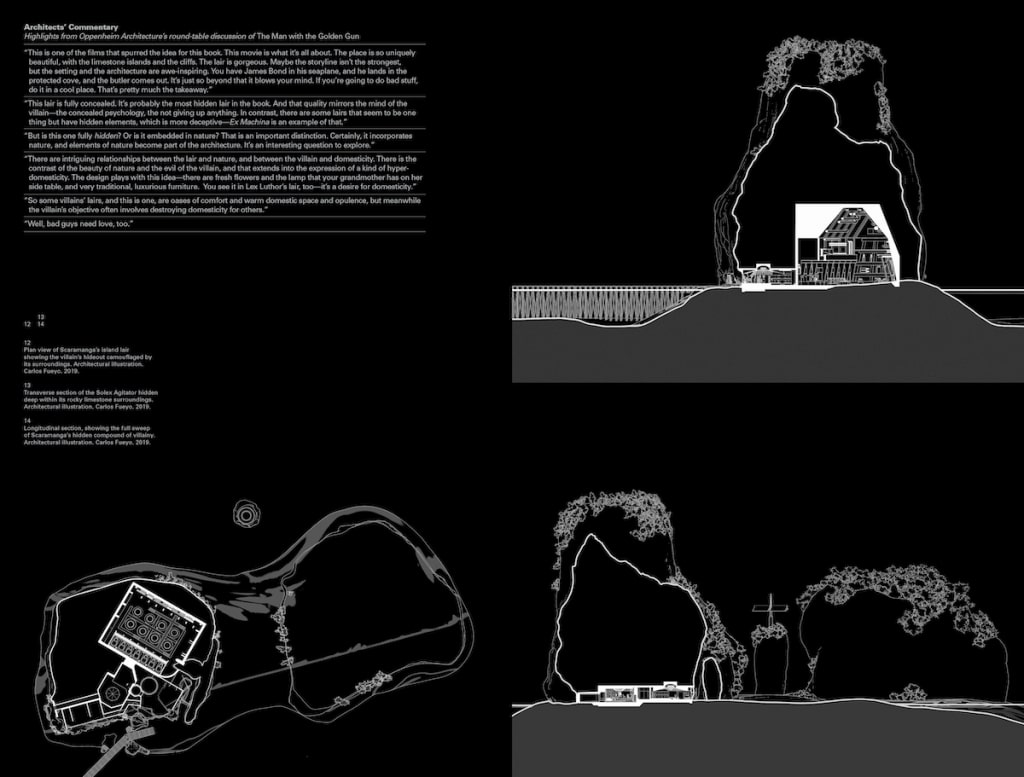
This post may contain affiliate links. If you make a purchase, My Modern Met may earn an affiliate commission. Please read our disclosure for more info.
What do films like Dr. Strangelove, The Spy Who Loved Me, North by Northwest, and Blade Runner 2049 all have in common? Memorable villains. From Karl Stromberg to Phillip Vandamm, one thing all these villains have in common is an incredible hideaway to devise all their evil plans. Not only are these lairs a place to plot and scheme, but they are also fascinating architectural expressions of evil. Now, thanks to the book Lair: Radical Homes and Hideouts of Movie Villains, film and architecture buffs alike can appreciate the nuances of these designs.
Created by architect Chad Oppenheim and editor Andrea Gollin, the book is filled with critical texts that attempt to understand why it is that bad guys live in such incredible houses, as well as interviews with director and producer Michael Mann and iconic James Bond production designer Ken Adam. For Oppenheim, who has been fascinated by the lairs of villains since he watched The Man with the Golden Gun as a child, the selection of what to include was very personal.
“The lairs had to be aspirational, which for me meant a place I would want to inhabit,” he writes in the book's introduction. “They had to be inspiring from an architectural standpoint, which for me meant they should be predominantly modern architecture, with very few exceptions. They also had to be the lairs of truly villainous movie villains, not just your average bad guy.”
What we're left with are incredible examples of fantasy architecture that aren't just homes, but expressions of character. The book not only breaks down each villain and their home, but also gives the inside stories on how they were created. Whether building detailed scale models or finding exotic locales to stand in for fictional islands, Lair gives incredible insight into the world of filmmaking. It also clearly demonstrates the incredible impact of production design on popular culture and how these cinematic choices spill over into the real world as they inspire generations of architects.
Lair: Radical Homes and Hideouts of Movie Villains is now available online.
Lair looks at some of the most memorable movie villain architecture in cinema's history.
Dr. Strangelove's War Room from Dr. Strangelove
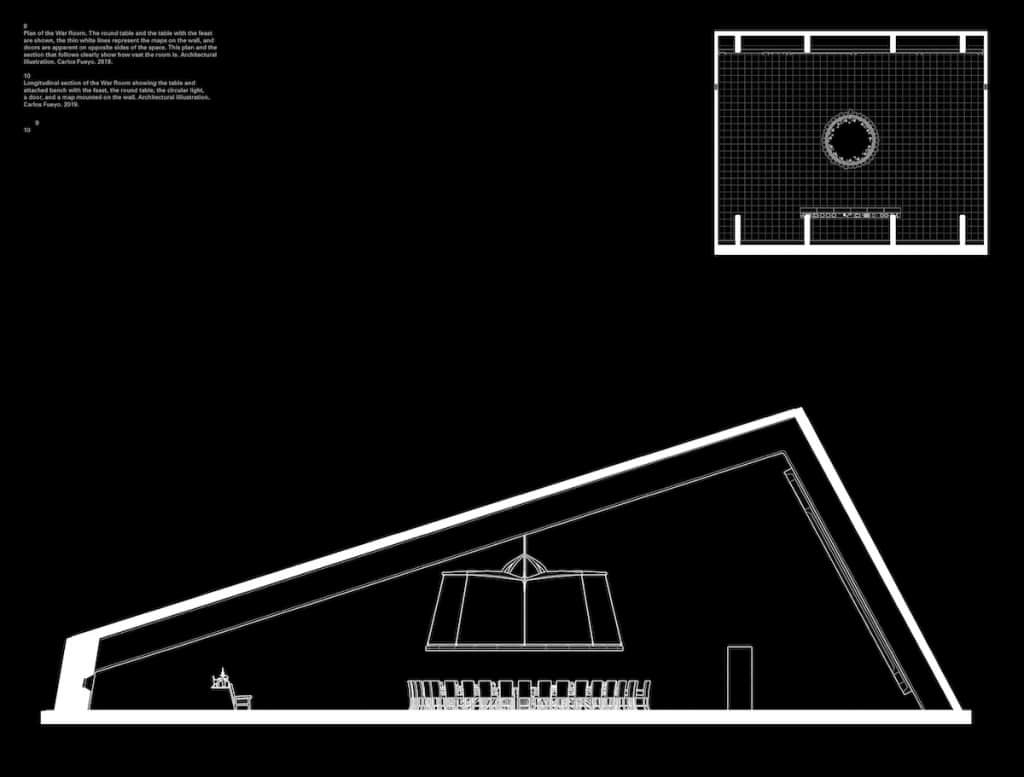
Phillip Vandamm's Vandamm House from North by Northwest
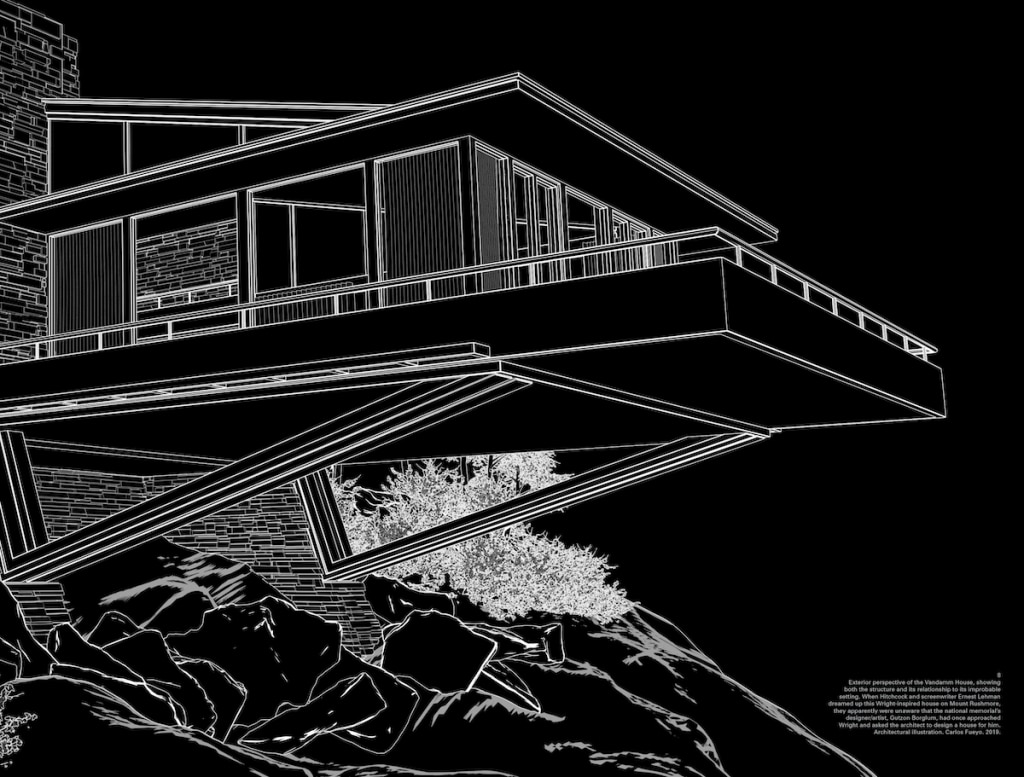
Karl Stromberg's Atlantis from The Spy Who Loved Me
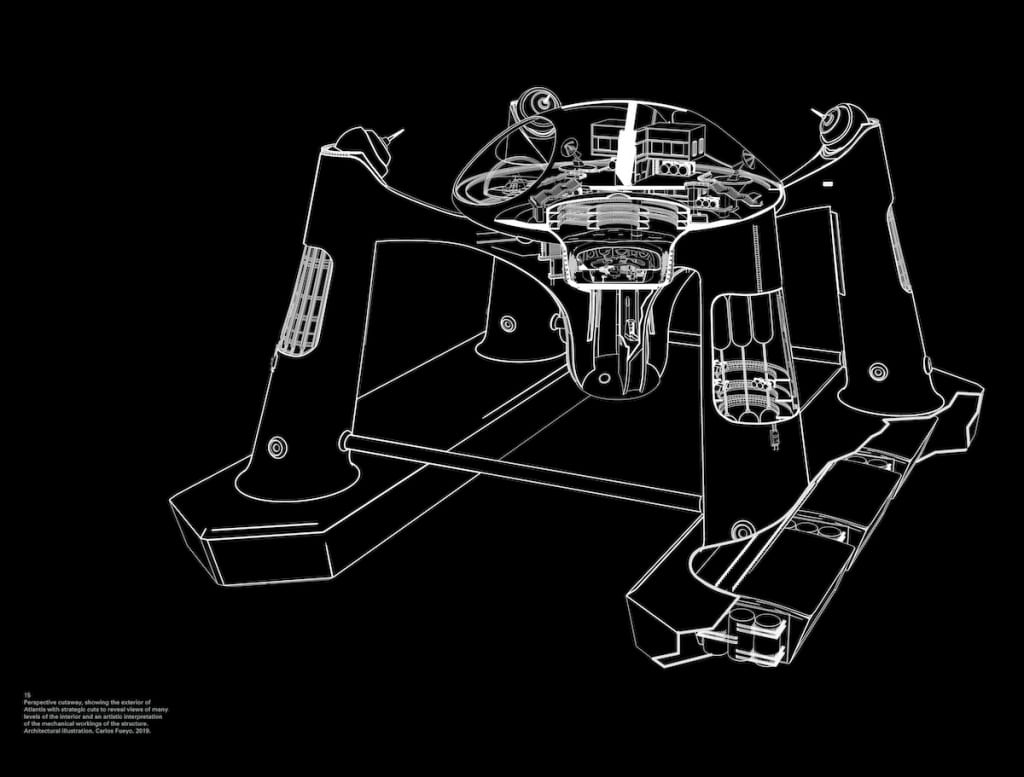
Niander Wallace's Wallace Corporation Headquarters from Blade Runner 2049
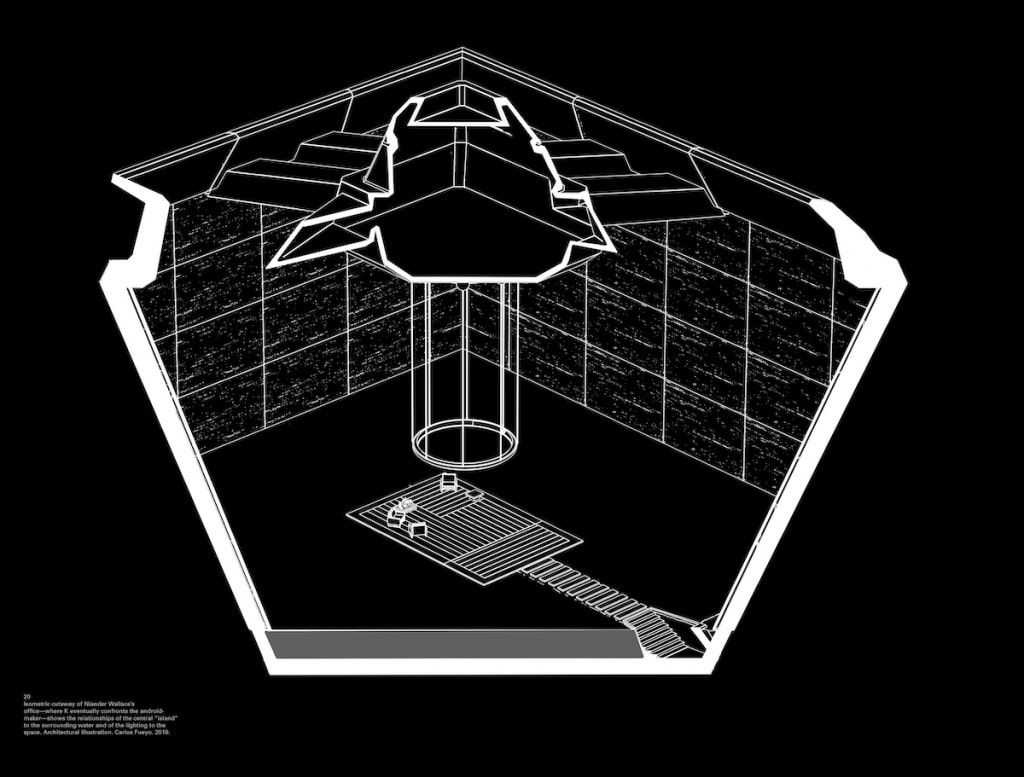
Arjen Rudd's South African Consulate from Lethal Weapon 2
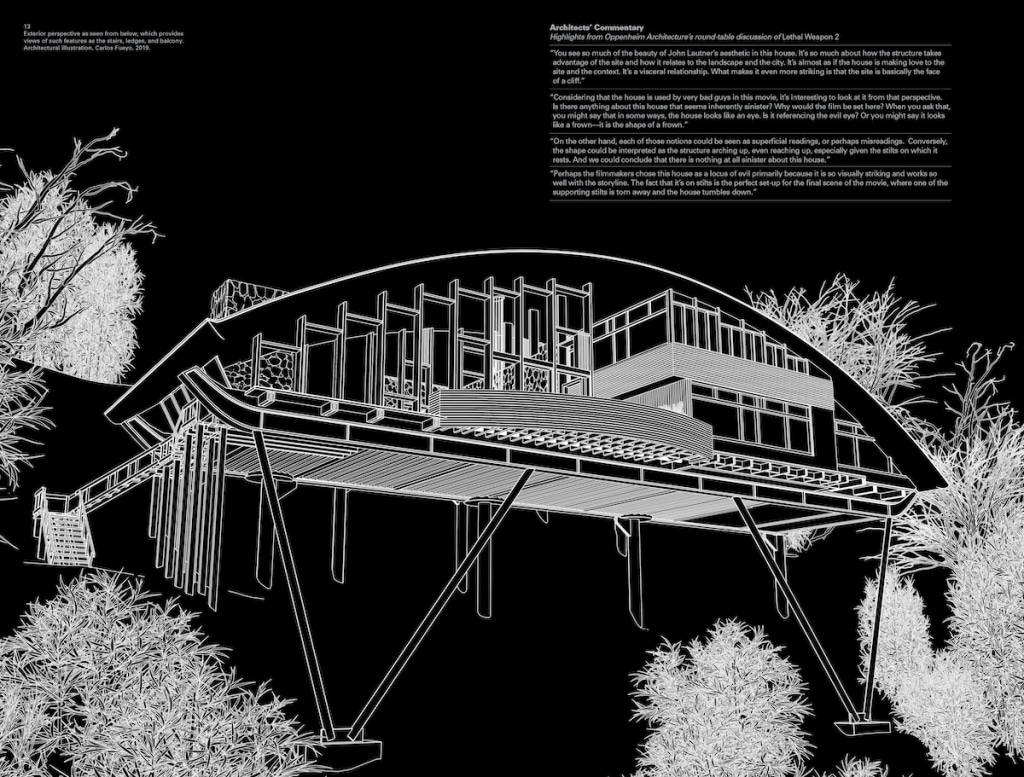
Lex Luthor's Grand Central Terminal from Superman
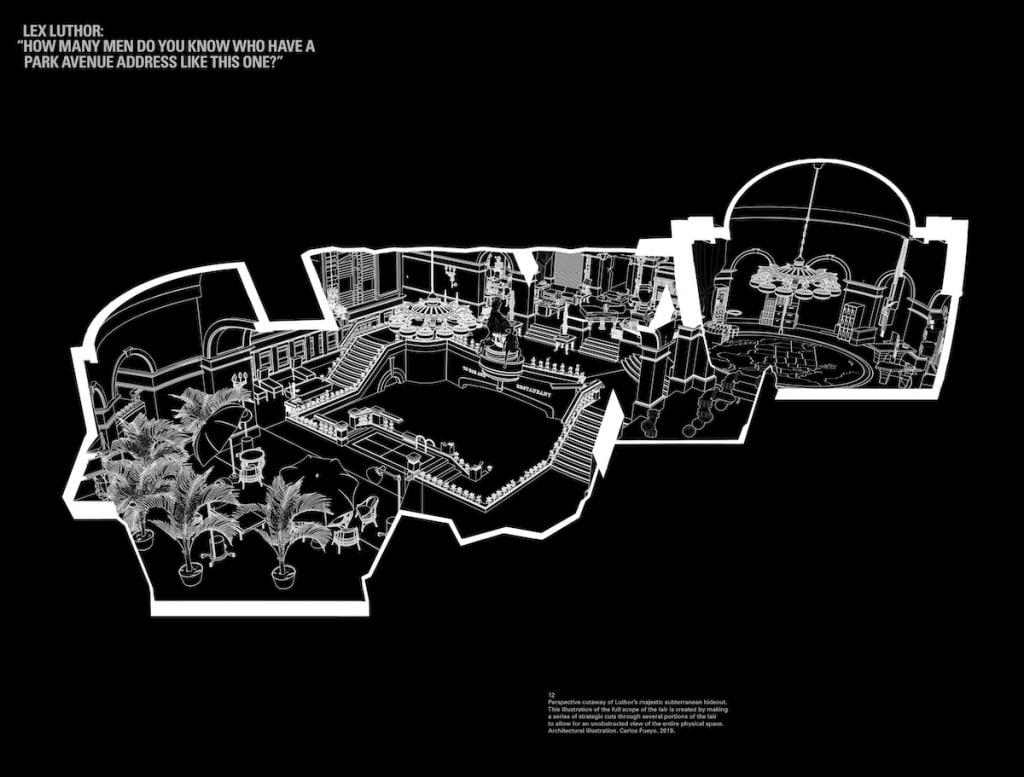
Diabolik's Cavern Hideout from Danger: Diabolik
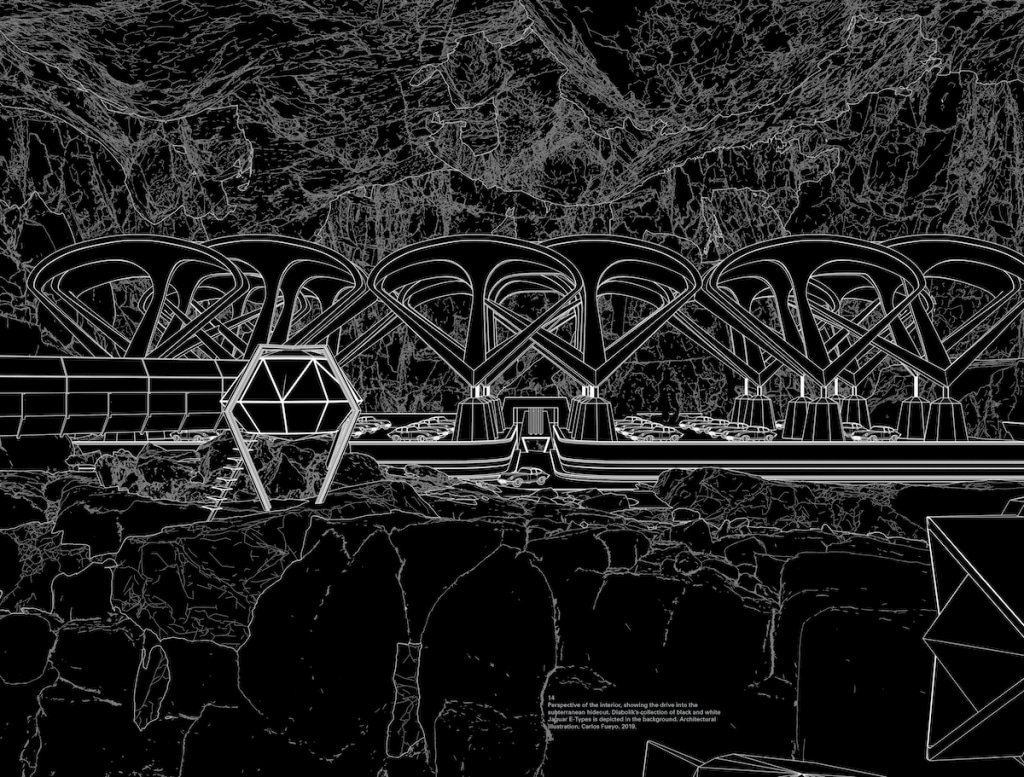
Francisco Scaramanga's Scaramanga Island from The Man with the Golden Gun
